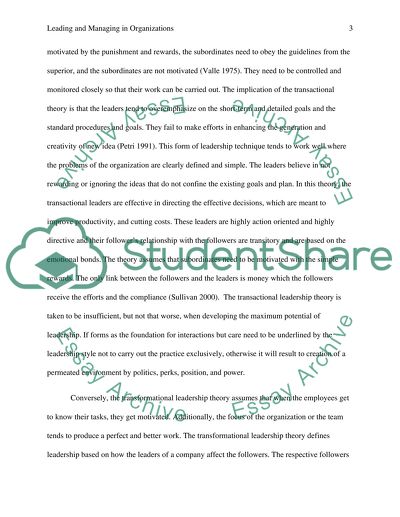Leading and Managing in Organisations Essay Example | Topics and Well Written Essays - 1000 words - 1. Retrieved from https://studentshare.org/marketing/1667120-leading-and-managing-in-organisations
Leading and Managing in Organisations Essay Example | Topics and Well Written Essays - 1000 Words - 1. https://studentshare.org/marketing/1667120-leading-and-managing-in-organisations.


